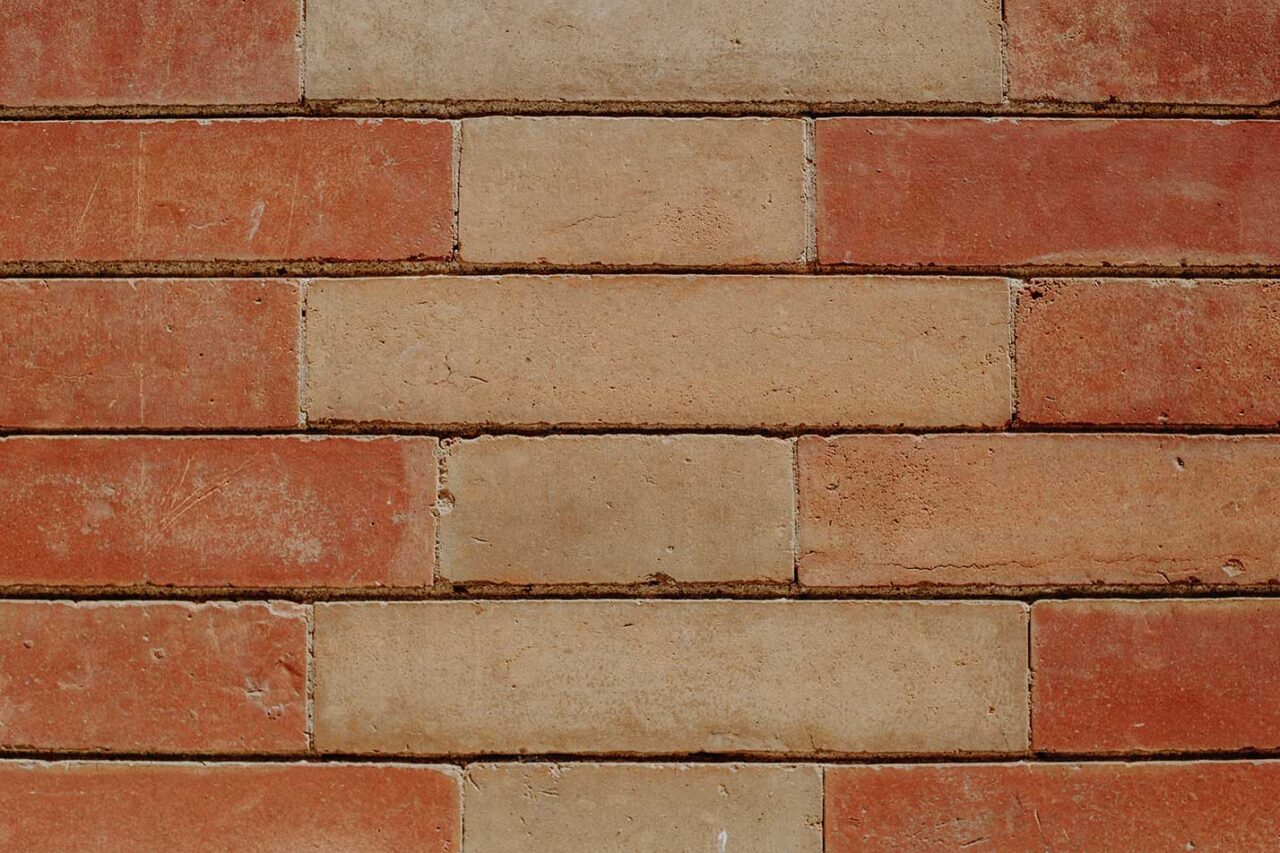All About Brick Pavers
When strolling through historic parts of cities like Boston, Philadelphia, London, or Rome, take a moment to look down at the sidewalks and streets. You’ll likely find them paved with clay bricks that have stood the test for over a century, enduring foot and vehicle traffic, sun, rain, revolutions, and parades. These bricks may show their age with rounded edges and smooth faces, but their durability is undeniable.
Materials and Strength
Manufacturers fire brick pavers made from clay and shale in kilns at higher temperatures than regular wall or chimney bricks. This process results in stronger bricks that can withstand heavy loads. Additionally, the firing process changes the pavers’ texture, making them nonporous so they don’t absorb water. Unlike concrete products, brick pavers’ natural color remains unchanged over time. Chris Meyers, president of Mack Brick Company, emphasizes that “brick pavers age much more gracefully than concrete pavers”; they are resistant to fading caused by sunlight.
Paver Types and Sizes
Most projects involving brick pavers utilize the classic 4-by-8-inch brick due to its versatility and suitability for decorative patterns like basketweaves and herringbones. However, brick pavers come in various earthy hues with antiqued textures and unique surface treatments, expanding design possibilities.
Cost and Longevity
The cost of paver bricks typically ranges from $2.25 to $6 per square foot before installation. Handmade or specialty finish pavers may cost $7.50 per square foot. While the brick industry conservatively estimates a lifespan of 40 years, many brick-paver sidewalks in colonial-era cities have been in service for nearly 150 years. Brick pavers are virtually impervious to most types of damage so warranties can range from 20 to 100 years.
Choosing Brick Pavers
Before purchasing brick pavers, consider the following factors:
Pros:
- Durability: Brick pavers meet industry standards for strength and resistance to damage, making them suitable for various applications.
- Easy Maintenance: They require minimal upkeep, often just a simple scrubbing to remove moss, algae, and stains. They don’t fade and don’t need sealing.
- Eco-Friendly: Brick production consumes less energy and produces fewer emissions than other materials. Bricks also last long and people often reclaim and reuse them.
Cons:
- Cost: Brick pavers are typically 15 to 20 percent more expensive than concrete pavers, translating to around $320 to $430 more in materials for an average-size patio.
- Limited Shapes: Brick pavers come in fewer sizes and shapes, mainly rectangles and squares, whereas concrete pavers offer more variety.
- Weed Growth: In sand-set installations, weeds can grow between the paver joints, requiring maintenance.
How Brick Pavers Are Made
Manufacturers start brick pavers by mixing clay and shale, molding them into shape, and then firing them in kilns. There are two standard methods:
- Extruded Bricks: These are made by forcing material through a rectangular die to create a block sliced into individual bricks. They are high-strength, suitable for pedestrian and heavy vehicle traffic, and kiln-fired at temperatures between 1,700°F and 2,000°F.
- Molded Bricks: This older method involves pushing a looser clay mixture into molds and firing at a lower temperature, typically around 1,600°F. Sand-struck bricks, one type of molded brick, gain unique colors and textures by being coated with sand before firing.
Brick Paver Colors
Pavers are available in various colors, such as cream, salmon, grey, purple, burgundy, and brown, determined by the clay’s mineral content and proprietary formulas. Kiln-firing patterns also affect color, with quick bursts of high heat resulting in dark-red tones and slower flashes creating softer hues.
Tips for Shopping for Brick Pavers
Consider the following when shopping for brick pavers:
- Ensure they meet ASTM standards, indicating their ability to withstand freezing, abrasion, and the recommended installation method.
- Choose the right size and thickness based on your project’s needs, with 4-by-8-inch bricks being versatile and cost-effective.
- Decide on the edge treatment, which can influence the pavers’ appearance and durability.
- Calculate the quantity needed, factoring in a 10 percent buffer for cuts and breakage.
Brick Paver Laying Patterns
Brick pavers offer various laying patterns, from simple to complex designs. Some popular patterns include the running bond, herringbone, and basketweave. The pattern choice depends on your project’s style and the desired surface strength.
How to Lay Brick Pavers
For DIY projects like patios and walkways, follow these basic steps:
- Excavate the area and create a stone base.
- Install edging to contain the pavers.
- Spread a layer of concrete sand and level it.
- Lay pavers in your chosen pattern.
- Fill joints with sand or polymeric sand.
- Compact the area with a plate compactor.
- Sweep more sand into the joints to ensure even filling.
Following these steps, you can achieve a beautiful, durable brick paver installation for your outdoor project.
FAQS
What is the standard paver size?
Pavers typically come in standard dimensions ranging from 4 inches by 8 inches to 6 inches by 9 inches. These measurements are widely used in landscaping and hardscaping projects such as patios, walkways, and driveways. Nevertheless, pavers are available in a diverse array of sizes and shapes, providing versatility for imaginative and customized designs tailored to precise project requirements and individual tastes.
What size are outdoor pavers?
These choices offer versatility when creating outdoor areas like patios, walkways, and driveways.
What size are brick pavers?
People like to use brick pavers for things like making patios, walkways, and driveways outside.
What is the size of the paver block in MM?
Paver blocks are offered in a variety of sizes, and among the commonly chosen dimensions are 200×100 mm and 200×200 mm, which denote the block’s length and width. Your selection of size should align with the particular demands of your project and your aesthetic preferences, as there exists a range of options tailored to diverse requirements.


